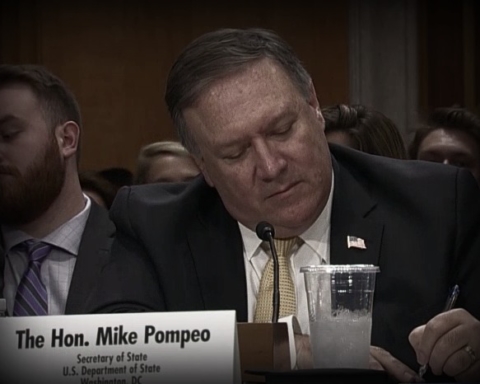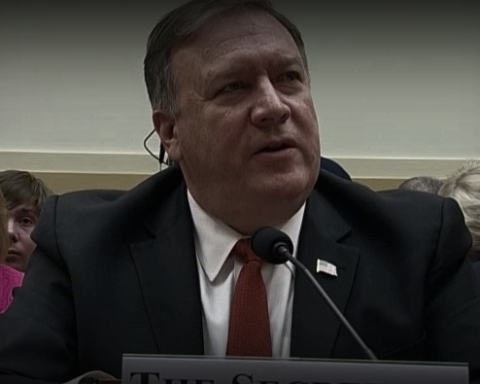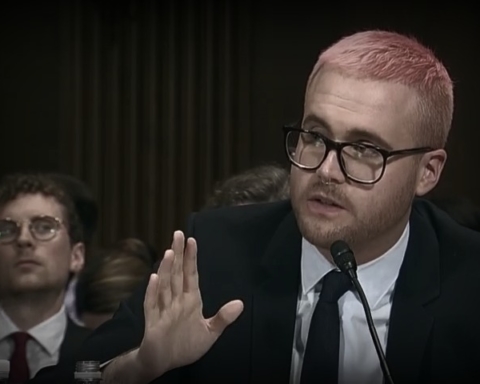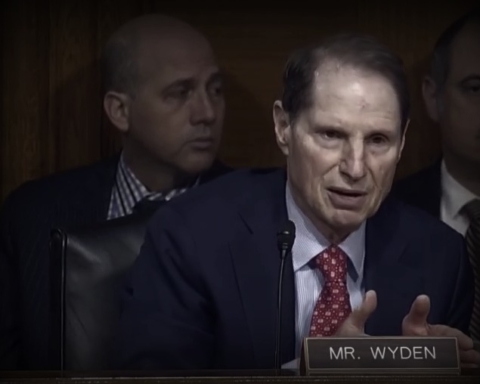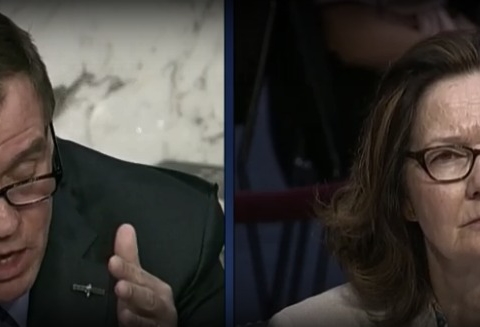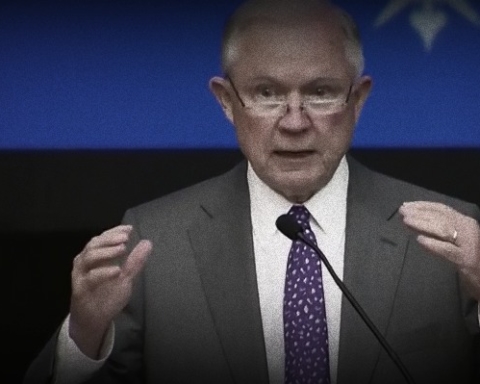A federal court has for the first time dismissed evidence obtained using a cell site simulator, ruling that the government must obtain a warrant before employing the surveillance technology.
Also known as a “stingrays,” the gadgets are in wide use by federal and local police to track down suspects based on their cell phone information. They are often mounted on an airplane and flown over a community, pinging cell phones below until pinpointing the location of a target.
In the case before US District Judge William Pauley in Manhattan this week, the Drug Enforcement Agency (DEA) used a stingray to discover the whereabouts of a narcotics suspect who was sleeping in his home. Upon arriving at the suspect’s apartment, agents found a kilogram of cocaine.
Judge Pauley, however, ruled the discovery inadmissible in court since the DEA had not obtained a search warrant before performing the fly-over.
“The use of a cell-site simulator constitutes a Fourth Amendment search,” the judge stated in his opinion. “Absent a search warrant, the Government may not turn a citizen’s cell phone into a tracking device.”
“Perhaps recognizing this,” Pauley continued, “the Department of Justice changed its internal policies, and now requires government agents to obtain a warrant before utilizing a cell-site simulator.” The change referenced occurred in October of last year, a few months after the DEA’s warrantless search in this case in August.
Only within the last two years have federal and local police even acknowledged their use of stingrays to track suspects. Documents obtained in April 2015 by the New York Civil Liberties Union revealed that the FBI was providing stingrays to local police–under strict rules that included gag orders, obscuring the use of the new surveillance tools.
According to a non-disclosure agreement between the Bureau and the Erie County Sheriff’s Office, police were not allowed to talk about the use of cell site simulators—particularly with journalists. The guidelines even forbid them from discussing stingrays in court, beyond the device’s “evidentiary results.”
Both the DOJ and the Department of Homeland Security (DHS) have tightened the rules over stingray use–a “probable cause” warrant requirement, and new procedures to purge cell phone data collected from innocent individuals.
Lawmakers on Capitol Hill, however, have criticized the new guidelines as being riddled with loopholes. They do not, for example, apply to the use of cell site simulators by local police. They also carve out “exigent” and “exceptional” circumstances for when federal agents do not need to obtain a warrant before a stingray flight.
They also allow DHS to use stingrays without a warrant for a broad set of activities related to Secret Service’s protection of the President.
During a hearing last October, Rep. Darrell Issa (R-Calif.) described cell site simulators as “too powerful a tool not to have a series of controls over.” He then referenced “some allegations they’ve been used to track policeman’s girlfriends or wives activities and so on.”

